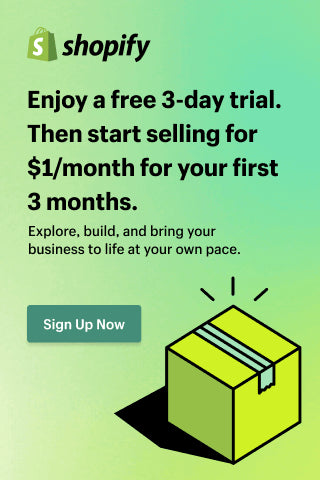Customer Specific Pricing With Shopify B2B
Shopify B2B introduces pricing tools that allow businesses to offer personalized rates to wholesale customers, tiered pricing based on order volume, and contract-specific discounts — all built into the Shopify platform. These capabilities help brands improve buyer relationships, increase sales, and capture more revenue by matching prices to customer segments. (Based on Folio3)
What Is Customer-Specific Pricing in Shopify B2B
- Allow wholesale or business customers to log in and see pricing tailored to them, rather than a generic list price.
- Define different price tiers or volume discounts: e.g. price per unit drops after certain thresholds.
- Offer contract rates: negotiated, fixed prices for long-term or high-volume clients.
Why Personalized Pricing Matters
- Improved trust and speed: Buyers feel valued when they don’t have to ask for discounts manually.
- Higher AOV (average order value): Tiered or volume pricing incentivizes larger purchases.
- Better margin management: Allows you to offer custom rates without eroding profit on every order.
- Competitive advantage: Many B2B buyers expect custom pricing; offering it makes you more appealing.
How It Works Technically
Pricing Lists
You can create price lists for specific customers or customer groups. Price lists override default prices when those customers are logged in. Often combined with quantity thresholds or volume discounts.
Contracts & Terms
Agreements may include fixed pricing for a period, payment terms (net-30, net-60, etc.), or minimum order quantities. Contracts often integrate with fulfillment workflows to ensure compliance.
Integration with Wholesale or B2B Features
- Login-only storefronts or sections for business buyers.
- Bulk order forms or custom catalogs showing only relevant products or pricing.
- Embedding contract pricing in quotes or draft orders for negotiation workflows.
Pricing Models & Examples
| Model | How It's Applied | When It’s Useful |
|---|---|---|
| Tiered Pricing | Price per unit reduces when order volume crosses thresholds (e.g. 1-100 units, 101-500 units, etc.) | Good for product lines with cheap per-unit cost or where buying in bulk is common. |
| Contract-based Rates | Sellers negotiate fixed price per product (or category) for certain customers, over an agreed period. | Useful for loyal clients, recurring orders, or regulatory customers with fixed budgets. |
| Custom Price Lists | Different customers see different prices even for same product depending on group, role, or business segment. | Effective when you have very different customer personas with distinct needs or cost structures. |
Setting It Up: Step-By-Step Guide
- Create customer accounts or assign customers into groups with identifiable segments.
- Build price lists per segment or customer; include thresholds and special pricing if needed.
- Ensure storefront or catalog respects login state (only show custom prices after login).
- Test volume pricing in cart to confirm correct pricing tiers apply.
- Set up draft orders or quotes if contracts require negotiation before purchase.
Challenges & Best Practices
- Clear communication: Make sure customers know their special pricing, minimums, and terms.
- Avoid undercutting: Ensure custom pricing does not cannibalize your standard margins.
- Manage complexity: More tiers and price lists mean more maintenance — tools or apps may help.
- Monitor results: Track metrics like AOV, margin per customer, lifetime value, and discount usage.
Who Benefits Most
- Wholesale brands with recurring large orders.
- Companies serving both B2B and B2C customers needing different pricing logic.
- Businesses where customers expect negotiated deals or quoted prices.
- Sellers with diverse product lines, many variants, or operating in competitive categories.
Conclusion
Shopify B2B pricing tools let you align product pricing with customer value, purchase volume, and loyalty. By enabling custom price lists, contracts, and tiered pricing, you can increase average order size and win more business without compromising margin. If you serve business clients or resellers, setting up personalized pricing is no longer optional — it’s essential.
